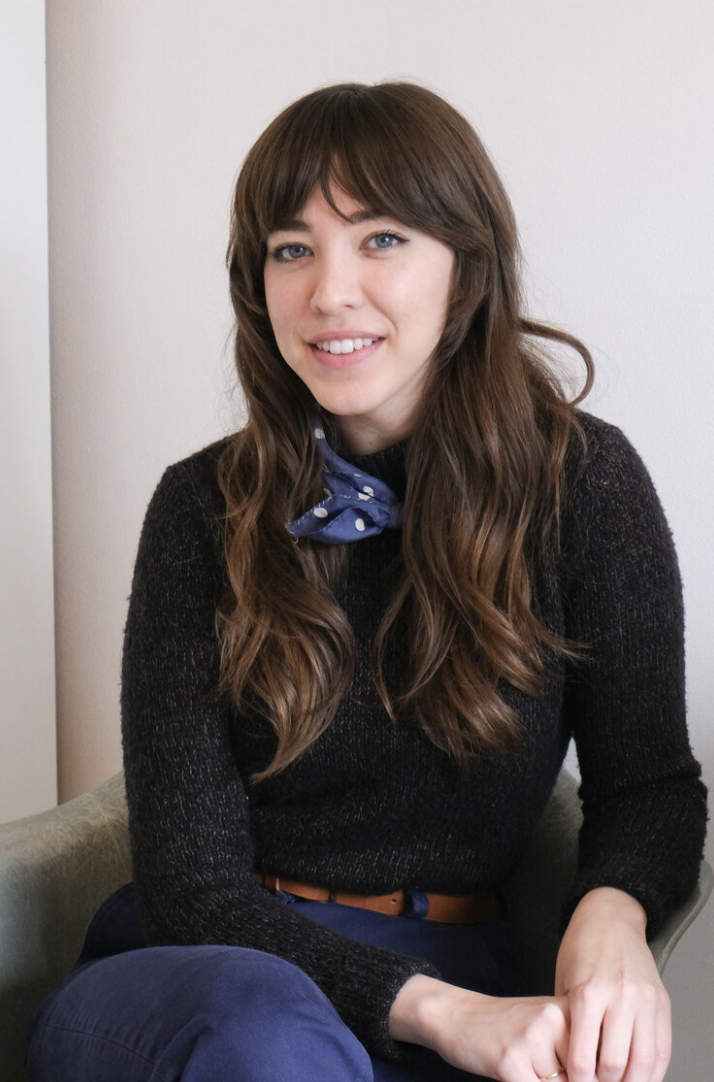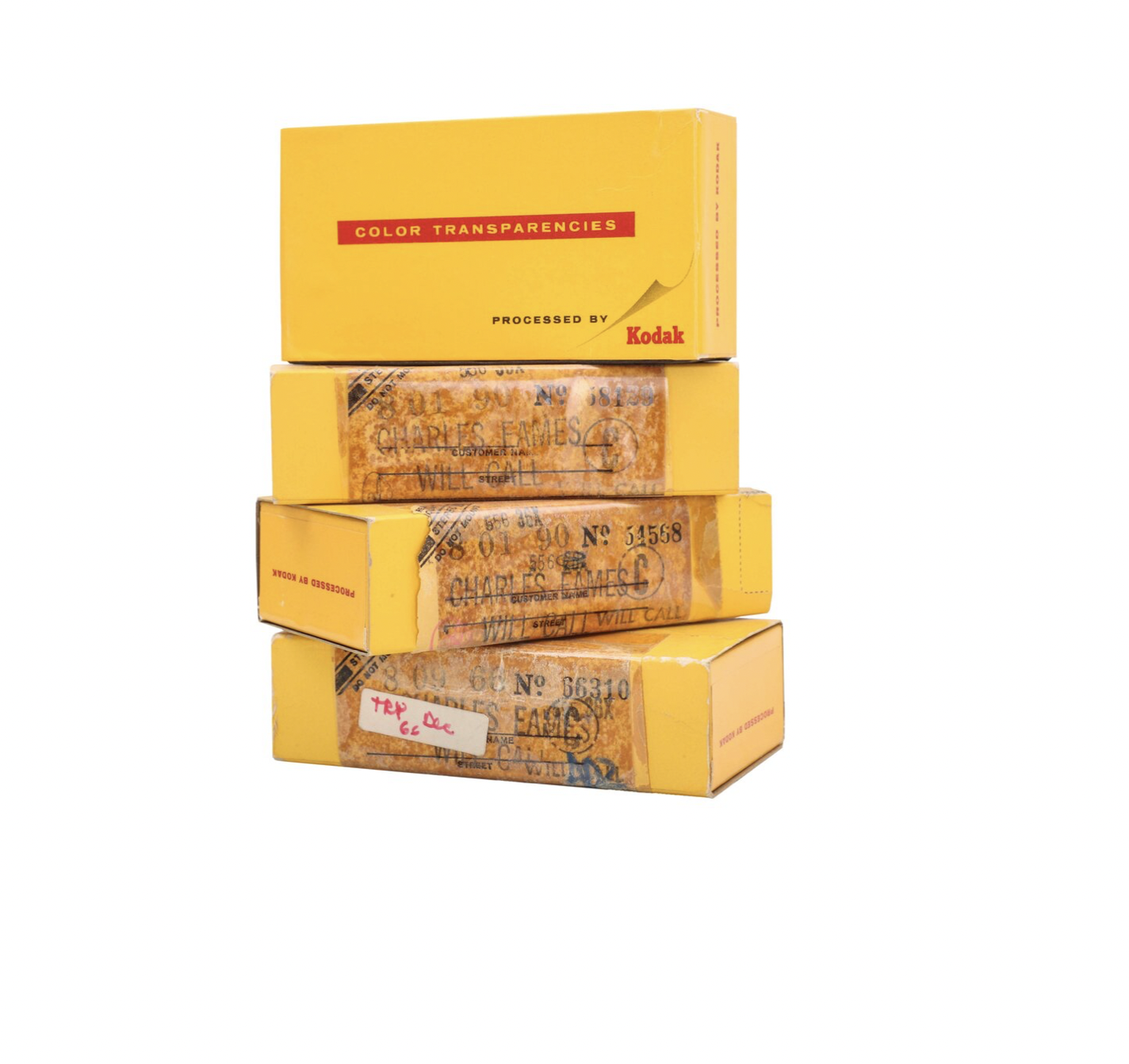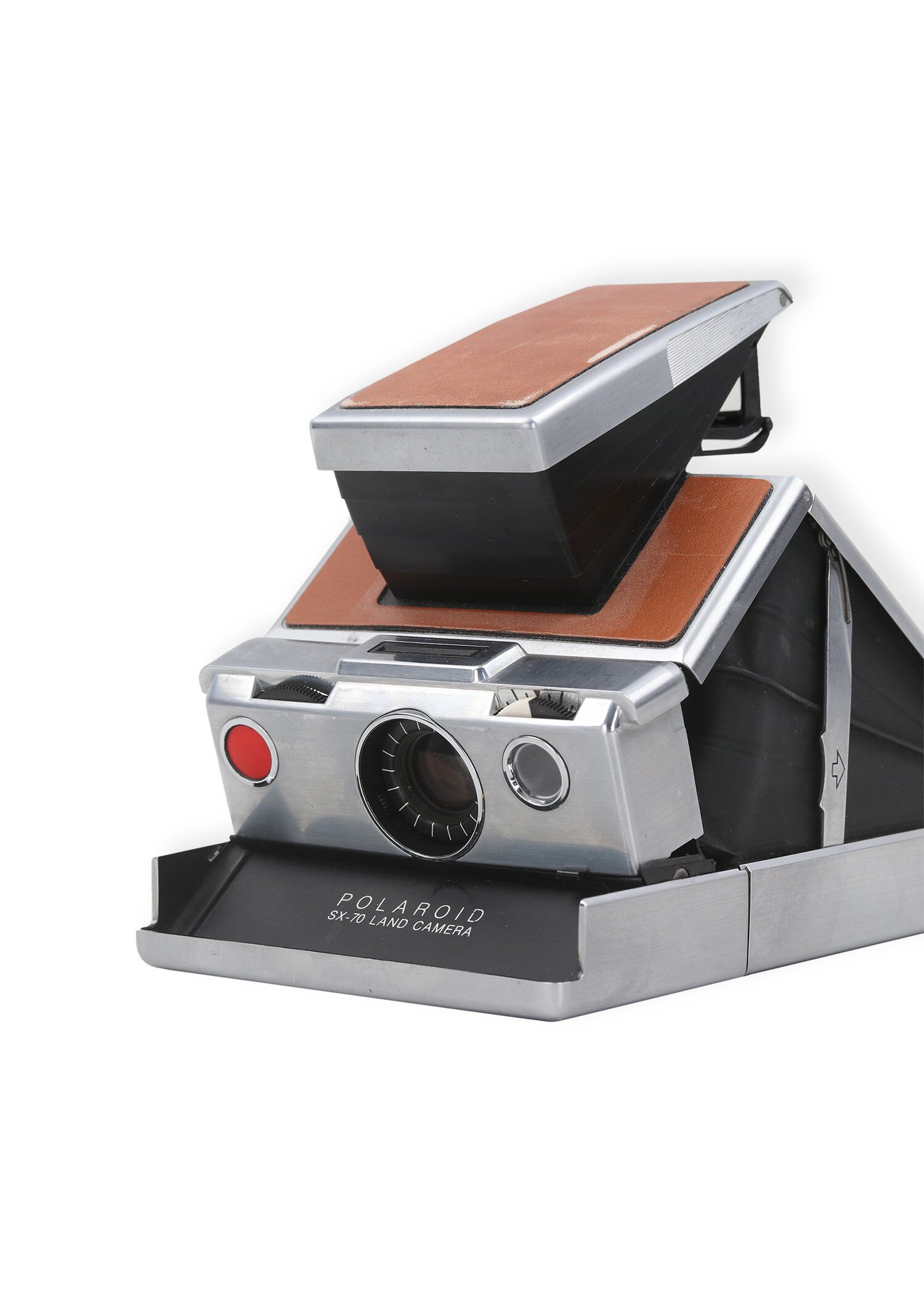10 Questions About: TOAD Archive Interview
1. Kelsey, you're a photo archivist at the Eames Office. What exactly is the job of a photo archivist and how does one get into it?
My job gives me the wonderful responsibility of caring for the physical and digital photography collection of Charles and Ray Eames. This includes organizing and digitizing photographic prints, slide negatives, and contact sheets; creating and updating finding aid for the collection to help myself and others navigate the contents; and selecting, manipulating, and licensing photos for clients to help create new scholarship, exhibitions, and product opportunities related to the legacy of the Eames Office.
In the United States, an archivist position typically requires at minimum a Bachelor’s Degree in history or a related field, plus a Master’s degree in Library and Information Sciences (MLIS). I double-majored in Art History (modern focus) and Museum Studies in undergrad and got my MLIS while I was working full-time at the Eames House. After a few years of working at the House and remotely for the Eames Office when I moved to Seattle, the Eames Office archivist retired and I was lucky enough to step into his role.
2. Have you always had an interest in Mid Century Modern history or was there a certain turning point at which you fell in love with this important design era?
It wasn’t always as all-encompassing in my life, but modernism in general has appealed to me in some capacity for a good portion! I was drawn to art and museums practically since birth—always drawing, reading books, or watching art shows as a little kid. I grew up in Phoenix, Arizona and there’s a surprising amount of modern architecture there. I remember being curious about specific modern homes and buildings, but not knowing anything about them or understanding why they felt unique to me. There was also a very heavy influence of Frank Lloyd Wright in my childhood because of where I grew up, so I think that helped train my eye to appreciate structure. I wanted to be a fashion designer or interior designer for most of my early years, but as soon as I started my first semester of college, an art history elective made me change my life direction. My first modern art class felt like a lightning bolt to my brain! On the first day of class, my professor told us that nobody would be getting an “A” in her class, and I was very happy to prove her wrong. I was definitely mesmerized by that era. After working and interning in places like the Phoenix Art Museum, Pace Gallery, and MoMA in NYC (and lots of fun retail jobs between), I began working at the Eames House. That’s when my interests fully pivoted to architecture! A modern building is similar to a modern painting in many ways, so the transition felt natural.
3. A picture is worth more than a thousand words. Are there one or two personal highlight photos from the Eames era that gives you goose bumps?
There are too many to choose! Every month I highlight my favorites from the archives in a short video, and you can view them on the Eames Office YouTube or IGTV.
4. Archiving is a very responsible task. What are the most difficult moments in your job, especially when dealing with historical objects?
I agree! It takes a tremendous amount of responsibility and lots of discretion. Caring for the archive of any person requires privacy and respect for that person, whether they are living or not. I think the toughest part of my job is not being able to show everyone all of the neat things I discover!
5. Living with historical design objects in one's personal environment is a “Must Have” for many! Hidden in archival boxes, however, the object loses its function! Do you have „Tips & Tricks“ for displaying and dealing with unique photographs in a personal environment?
Because of budget constraints, up until recently, I have only owned really cheap reproductions of the art I like. I am ashamed to admit it! But now my partner and I have some signed Julius Shulman photographs and some other special art prints. My biggest tip, that I learned from him, is to buy a high-quality frame with UV-filtered glass. Don’t buy frames with plastic or plexiglass. Real glass will look nicer, and most importantly, it will keep your art or photograph safe from one of the most silent, dangerous, degrading culprits: light! Light helped make your photograph, but it’s also going to be responsible for its demise—a crazy thought.
6.Ray and Charles Eames were passionate photographers. Do you share this joy and are you also active in your private life in this way? What kind of photo style do you like the most?
Absolutely, yes! Cameras and photography have been a been an on-going interest for me since I was ten or so, maybe earlier. I remember loving film cameras and Polaroids. Before iPhones, I carried a camera with me everywhere. And since getting an iPhone (about 2011?), I’ve still tried to carry some kind of camera on me. I’ve been talking mostly film photos up until this year—I finally invested in a digital camera for myself!
I’m not sure what photo style I enjoy most. I like seeing all types of photography. It’s my only way of visually knowing how other people experience the world around them—what subjects they find important, what colors they like, how their mind/eyes frame a photo, etc.
7. In one of the Eames Office Instagram stories “Collaging Ideas” you described many methods of producing different sceneries up to the finished advertisement. Everything was of course photo-documented. This is definitely a good approach to understand the designer couple and their creation process better. How often does it still happen that you learn something new from these amazing resources?
Through the archives, I am learning something new about Charles and Ray constantly. When I think I understand a project, I can look at one photograph of a model they made, and see the project in a completely new way. The Eameses are always teaching—still!
8. Obviously, the Eames were attempting to sell products, but there is an artfulness to their photographs that cannot go unnoticed. To what degree are their staging and execution commercial versus artistic? Or what is one artistic moment that stands out to you?
This is a really tough question to answer. I would say they are more artistic than commercial. Money was never an end goal for them. I don’t think of them as hyper-consumerist. They were intently focused on solving problems for the masses, and used photography as a means for communicating thoughts and ideas. They perfected the multiscreen slide shows at a time where that was unheard of, and then created over 100 short films. Nearly all of these projects were done to fulfill their curiosity about a topic, and not for financial gain whatsoever.
9. Is there any particular place in the world that you would want visit as a photo archivist or midcentury design lover?
Too many to count! Buenos Aires is number one because my grandmother was born and raised there and I’ve recently grown to learn more about its mid-century history, all of France, Vienna, Brasilia, Berlin, Barcelona, Mexico City, and a little town called Columbus, Indiana.
10. On your Instagram account you can see many architectural masterpieces from the golden years. Can you tell us a detail of the Eames property that is particularly close to your heart?
I’m not sure if this counts, but one tangible item at the house reminds me of the intangible. Their telephones are still operating with the same phone numbers. Sometimes they ring. It reminds me of the fact that the Eames House was truly a place where people lived and worked. It somehow makes me feel the Eameses’ presence even more than all of their personal belongings do.




Thank you to Alex and Vanessa at TOAD Archive for this feature!